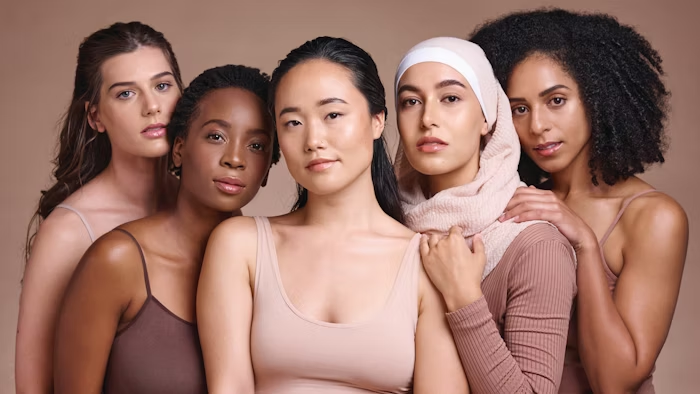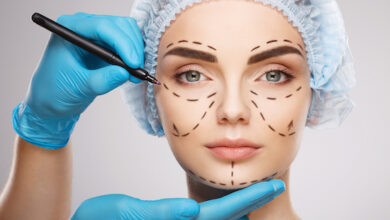How Cultural Differences Shape Aesthetic Preferences

Aesthetic preferences, or how we perceive beauty, vary widely across cultures. While a universal standard of beauty may seem appealing, it overlooks the diverse influences shaping individual views. Historical, social, and environmental factors all play a role. Cultural upbringing and regional norms heavily impact how people view physical aesthetics. These factors also influence the treatments or enhancements sought at med spas. This piece explores how cultural backgrounds shape preferences in beauty and aesthetic enhancements.
Cultural Impact on Aesthetics
Cultural heritage plays a role in shaping aesthetics and defining what is perceived as attractive or desirable. Symmetry is often thought of as a universal marker of beauty, but its significance can vary depending on the cultural lens. Societies deeply influenced by traditional values might hold natural beauty in high regard, whereas other cultures prioritize enhancements or alterations to highlight specific features. These aesthetic preferences stem from history, traditions, and societal expectations, all blending to create distinct beauty ideals.
Economic Factors in Aesthetics
Economic factors tied to culture profoundly affect aesthetic choices. In regions where luxury services symbolize professional success, aesthetic enhancements such as injectables or laser skin treatments may be prioritized. On the other hand, cultures that strongly focus on natural beauty may favor services like facials or PRP treatments that aim to maintain rather than alter.
Societal values around self-care and physical presentation also play a role. Cultures that promote meticulous grooming routines often use aesthetic services to refine their appearance. This demand, driven by societal pride and professional expectations, shapes preferences for specific procedures.
Environmental Effects on Aesthetics
Environmental conditions also influence cultural aesthetic preferences. Regions with prolonged sun exposure may see greater demand for skincare services like Hydrafacials or treatments addressing discoloration caused by UV damage. Colder climates may lead to preferences for moisturizing treatments to combat dryness. Regional diets, too, impact skin tone, texture, and health, further influencing aesthetic treatment preferences. Cultural traditions around food and environment create distinct physical features that individuals may celebrate or seek to modify.
Cultural Beauty Standards
Aesthetic practices reflect the beauty standards deeply ingrained in cultural ideals. Some cultures emphasize youthful features, demanding anti-aging procedures like injectables and skin-firming treatments. Others prioritize natural symmetry, inspiring treatments that refine inherent features without altering them significantly. Even trends in body rejuvenation and cosmetic services like body contouring are shaped by cultural ideals. Societies favoring a curvaceous silhouette influence demand for body-sculpting procedures, while others may seek treatments for a more slender, athletic appearance.
Diversity in Aesthetic Values
Recognizing how cultural differences influence aesthetic preferences enriches our understanding of global beauty trends. Whether driven by historical norms, societal values, or environmental conditions, these differences highlight the necessity of personalizing aesthetic treatments. Providers offering various services, such as skin rejuvenation and facials, allow individuals to enhance their unique features in a way that aligns with cultural and personal standards.
Embrace Aesthetic Diversity
Cultural backgrounds deeply influence aesthetic preferences, showing that perceptions of beauty are far from universal. Understanding these influences allows for a more inclusive approach to aesthetic treatments, encouraging the celebration of diverse viewpoints. Exploring a greater variety of cultural perspectives broadens appreciation for beauty and fosters creative and personalized approaches to enhancing aesthetics.





